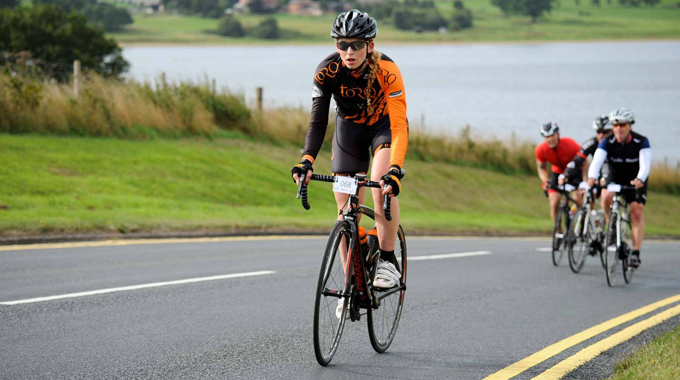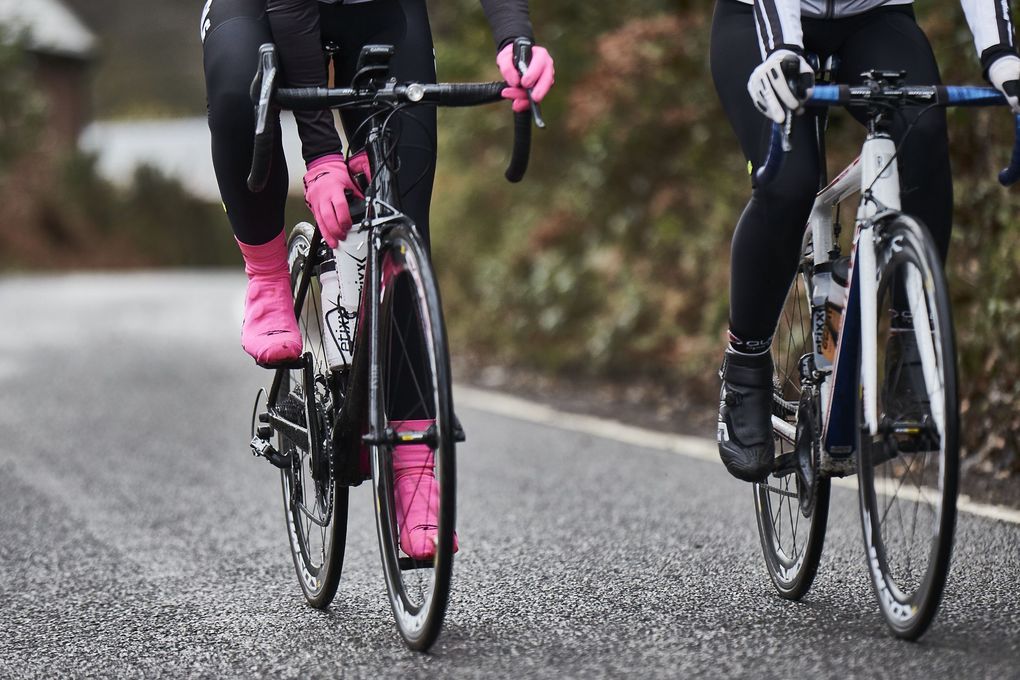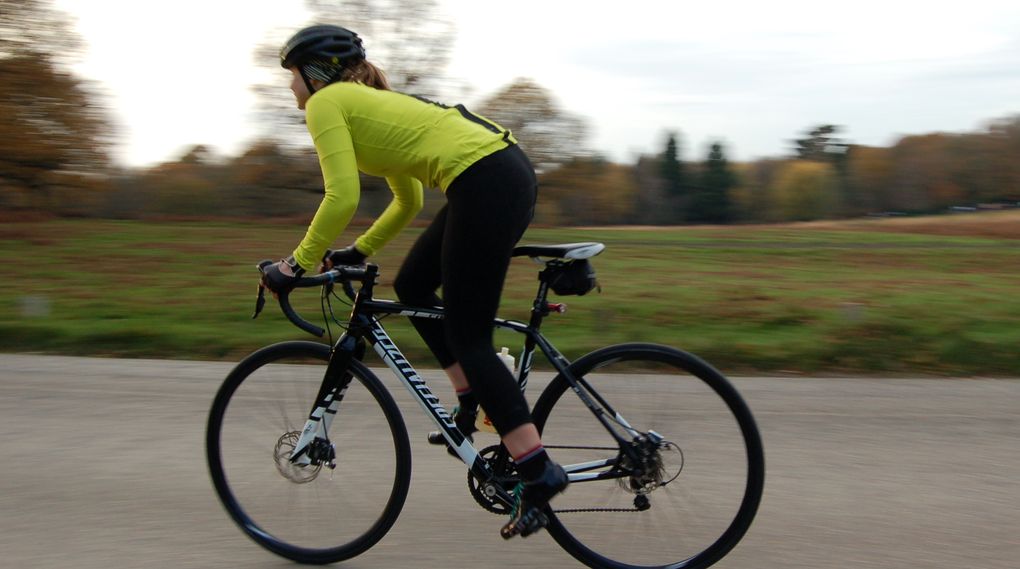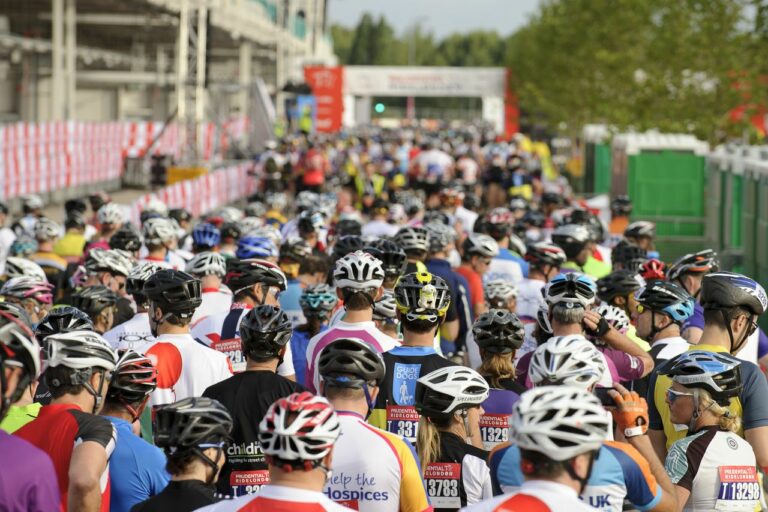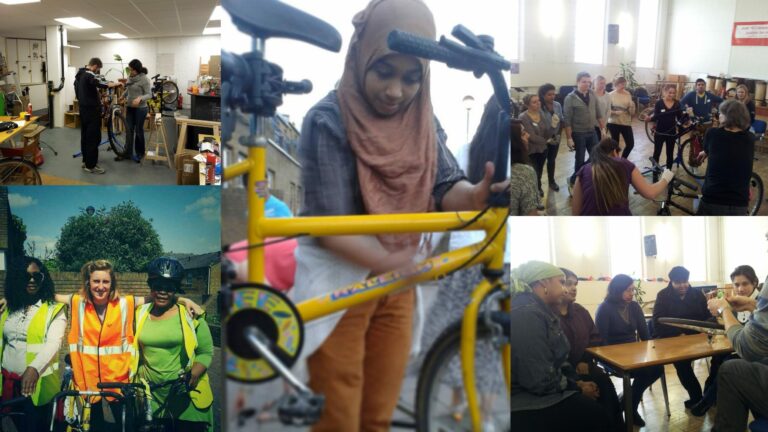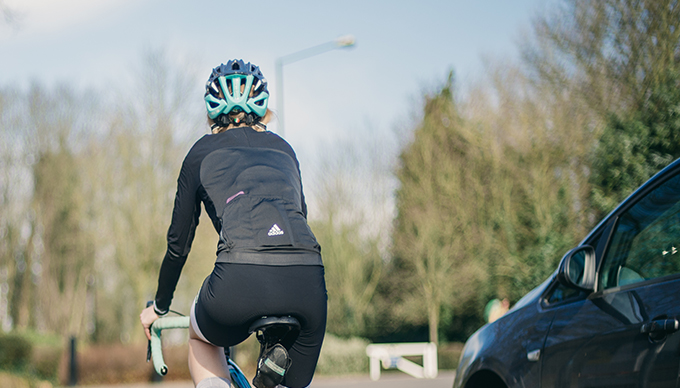Believe it or not, there are some riders who are just natural born climbers. They’re generally on the light side, and more often than not they actually enjoy the mountains and the molehills and find it hard to understand why the rest of us struggle so much. Those who are not natural born climbers, however, can without a doubt train themselves to become more comfortable and stronger on the ascents.
Here’s a look at some of the common but avoidable mistakes we make on the climbs, and how to knock them on the head…
Panic smashing at the bottom
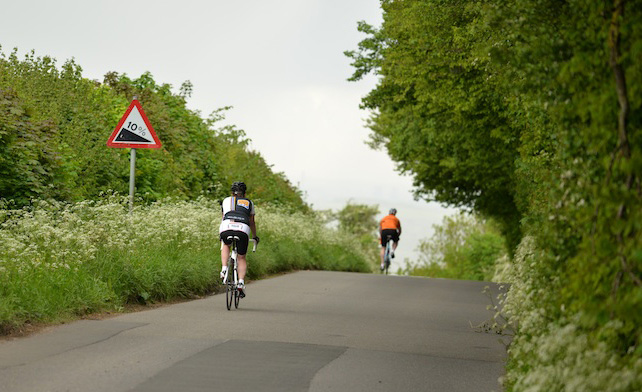
Panic smashing is what happens when you go too hard over the opening metres of kilometres of a climb – only to grind to an almost halt half way up the ascent having ‘gone into the red’.
The number one rule is to avoid that red line. Don’t step over it – the results are not positive. You need to stay within your limits. Even if you’re not riding with heart rate or power, most riders can rate on a scale of 1 to 10 their output – and 10 is not a good number to be experiencing early on.
Once you get to know a climb, you can often form a better idea of when to start ramping up your effort. However, all too often when you’re aiming for your very best time or best performance, it’s easy to overdo it. Try breaking the climb up into three portions mentally, and tell yourself you’ll do the first section at an ‘easy’ or ‘moderate’ pace, the middle one ‘tempo’ and the final one ‘as hard as you can’. You’ll probably find the result is you ride all three at a similar intensity/speed as your legs fatigue, and you discover what was ‘easy’ is actually pretty hard to maintain!
If you’re approaching a climb of unknown length or gradient, it’s best to err on the side of caution. Once you can see the top, then you can put in that ‘final attack’.

